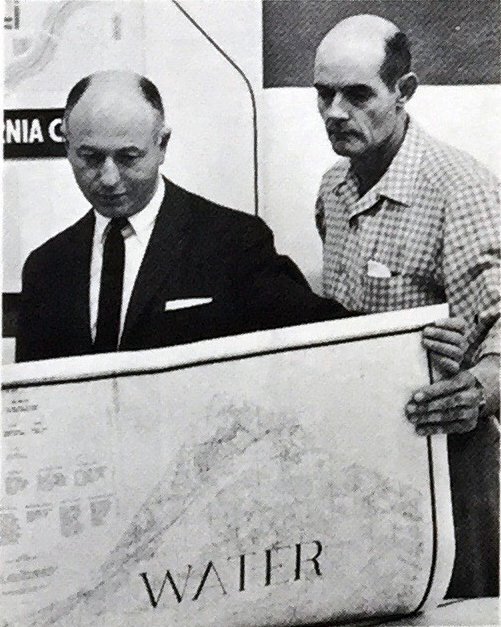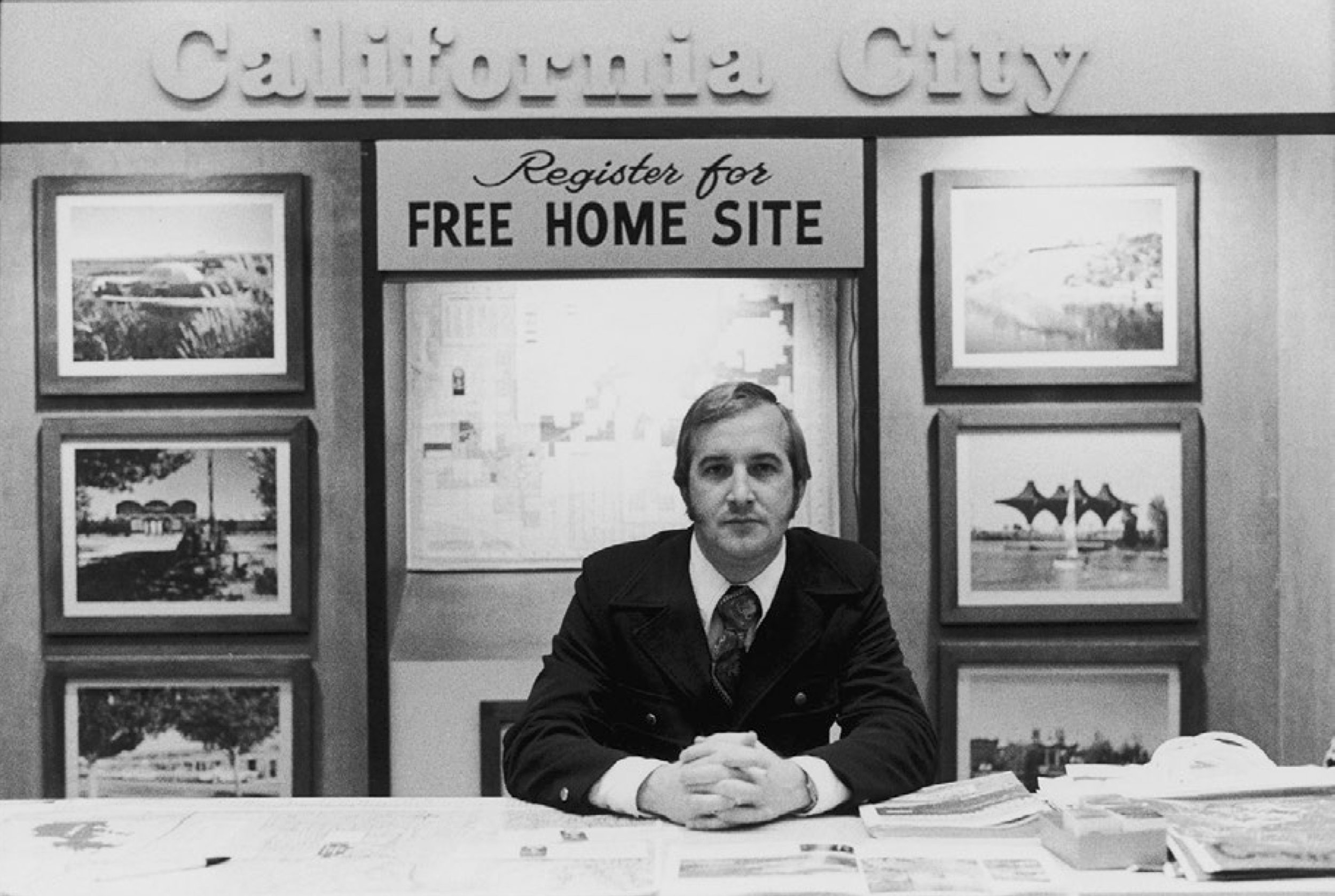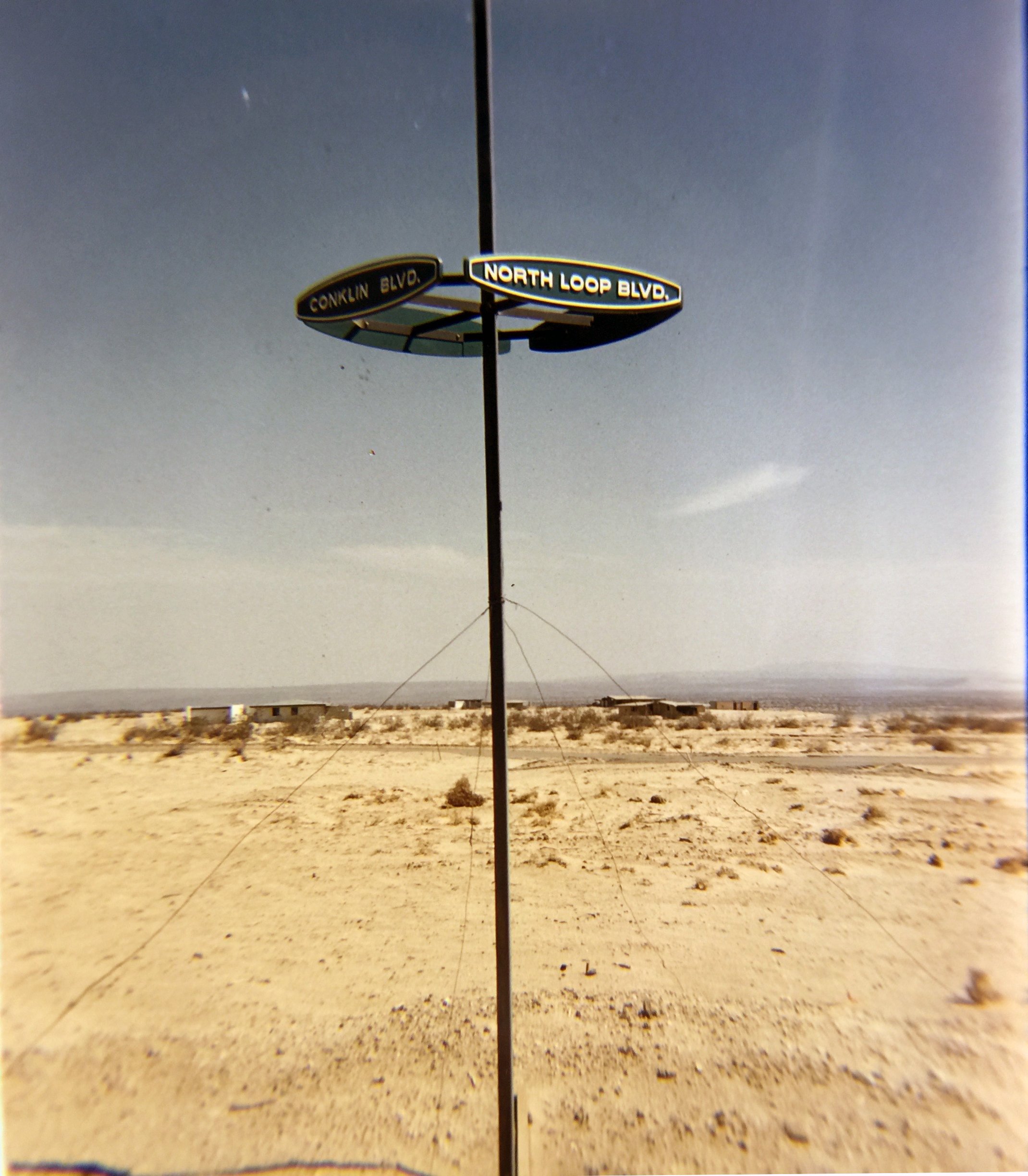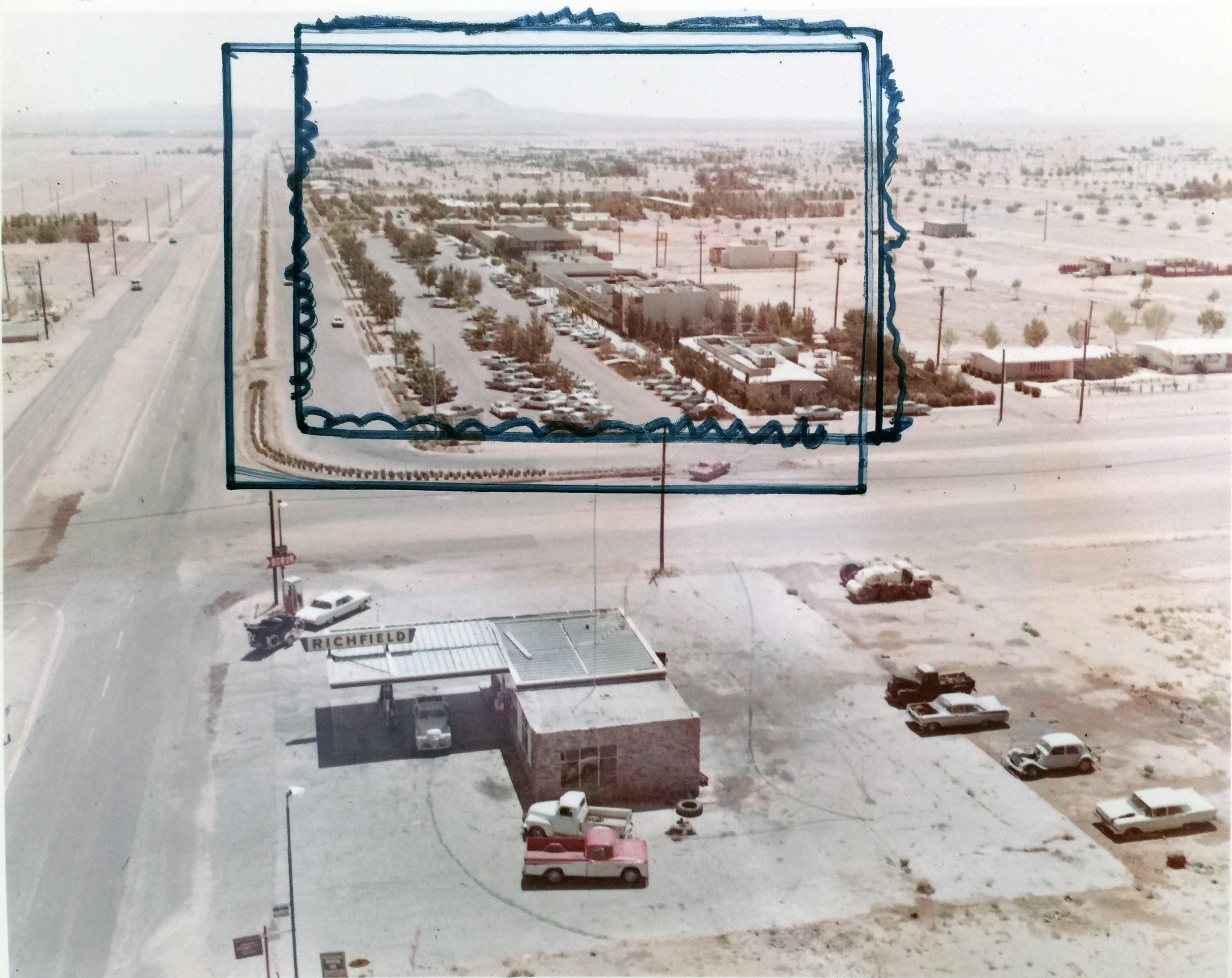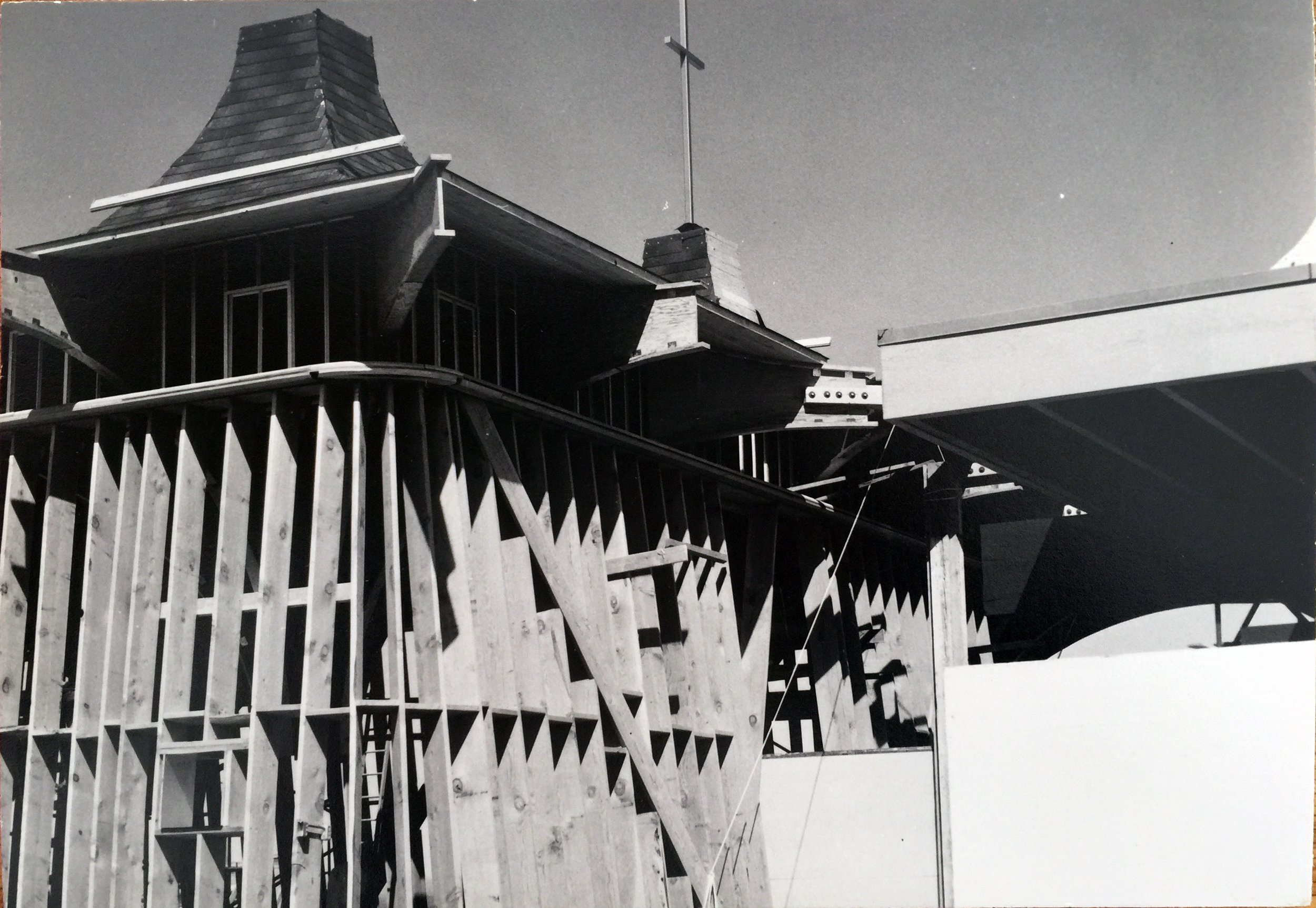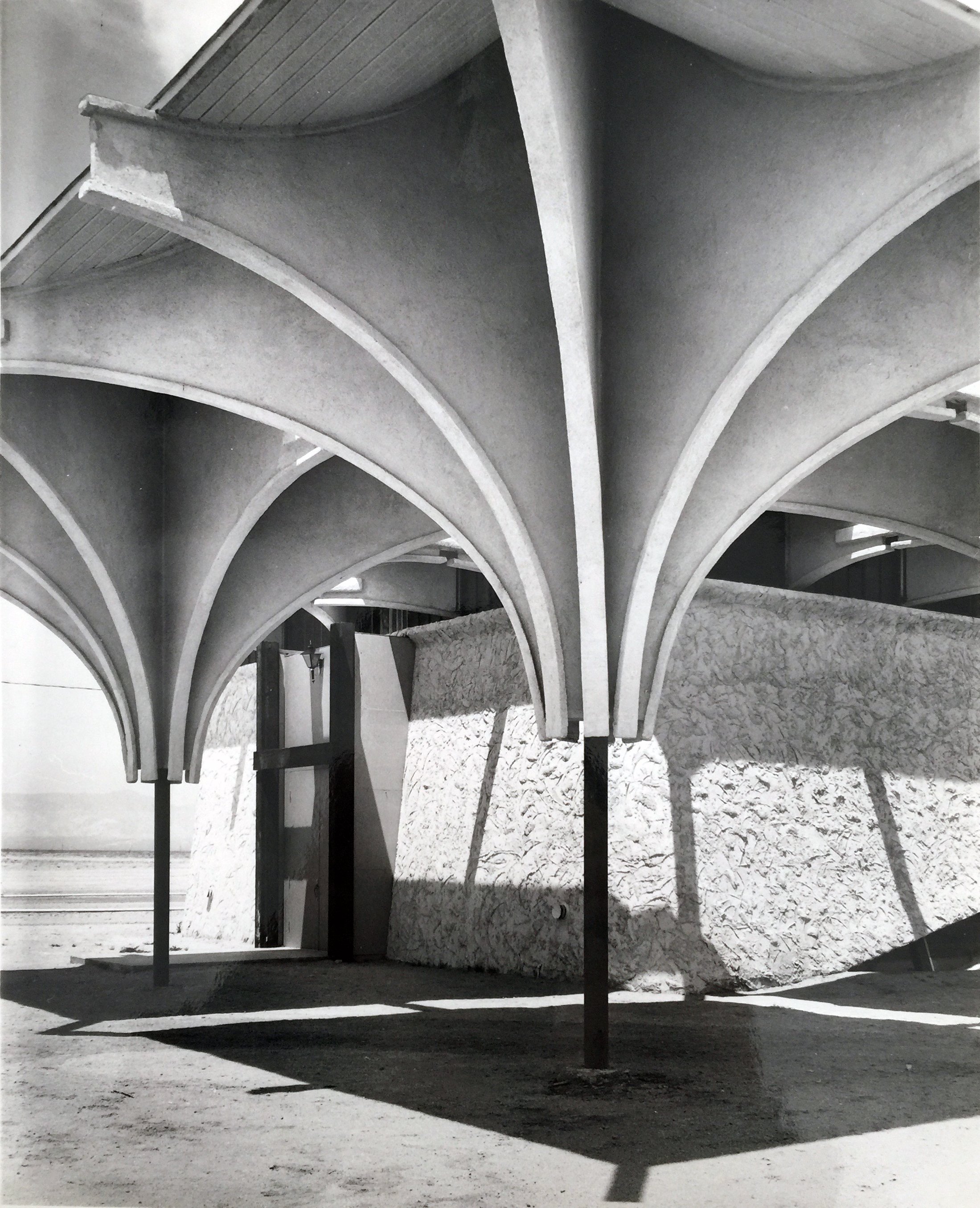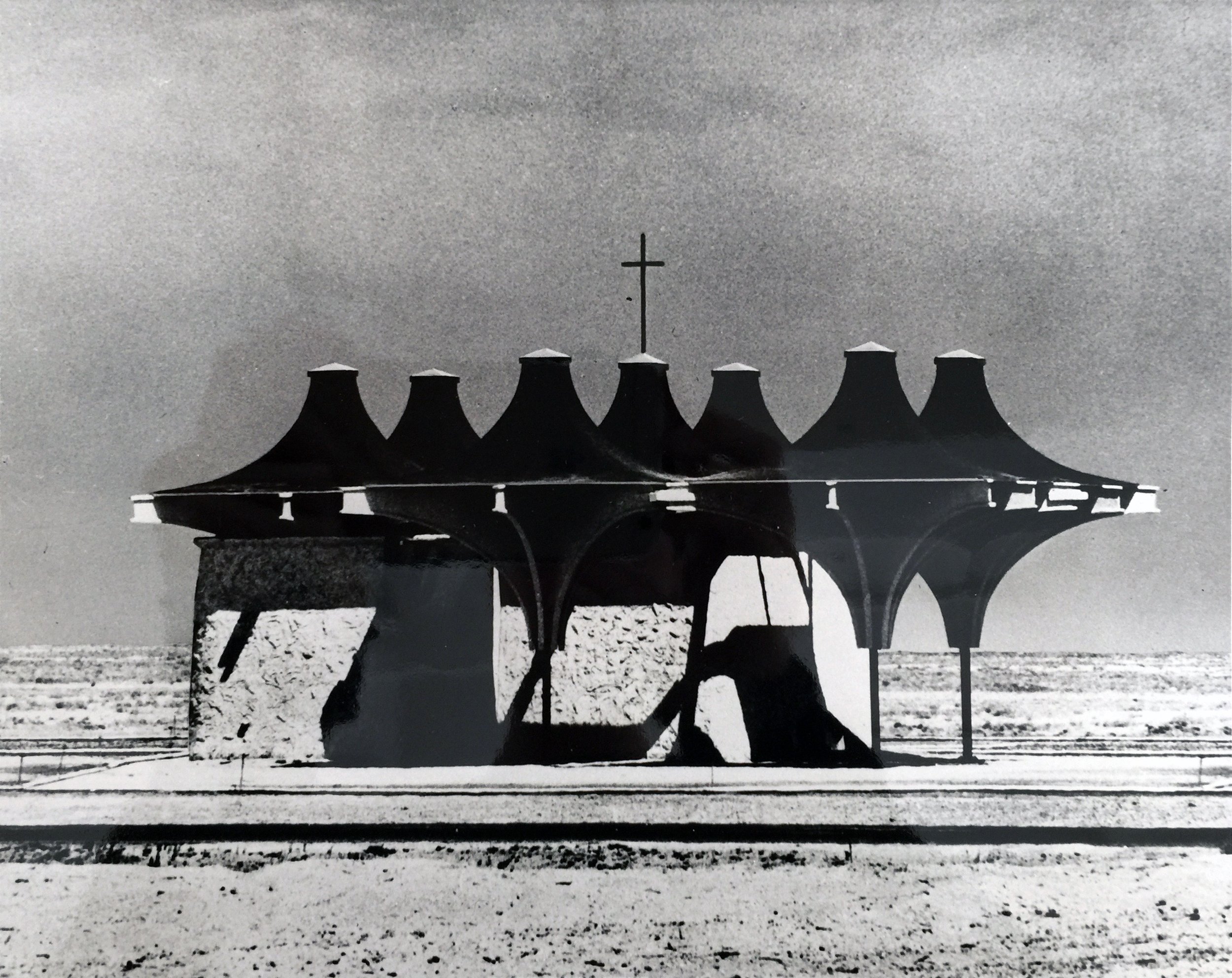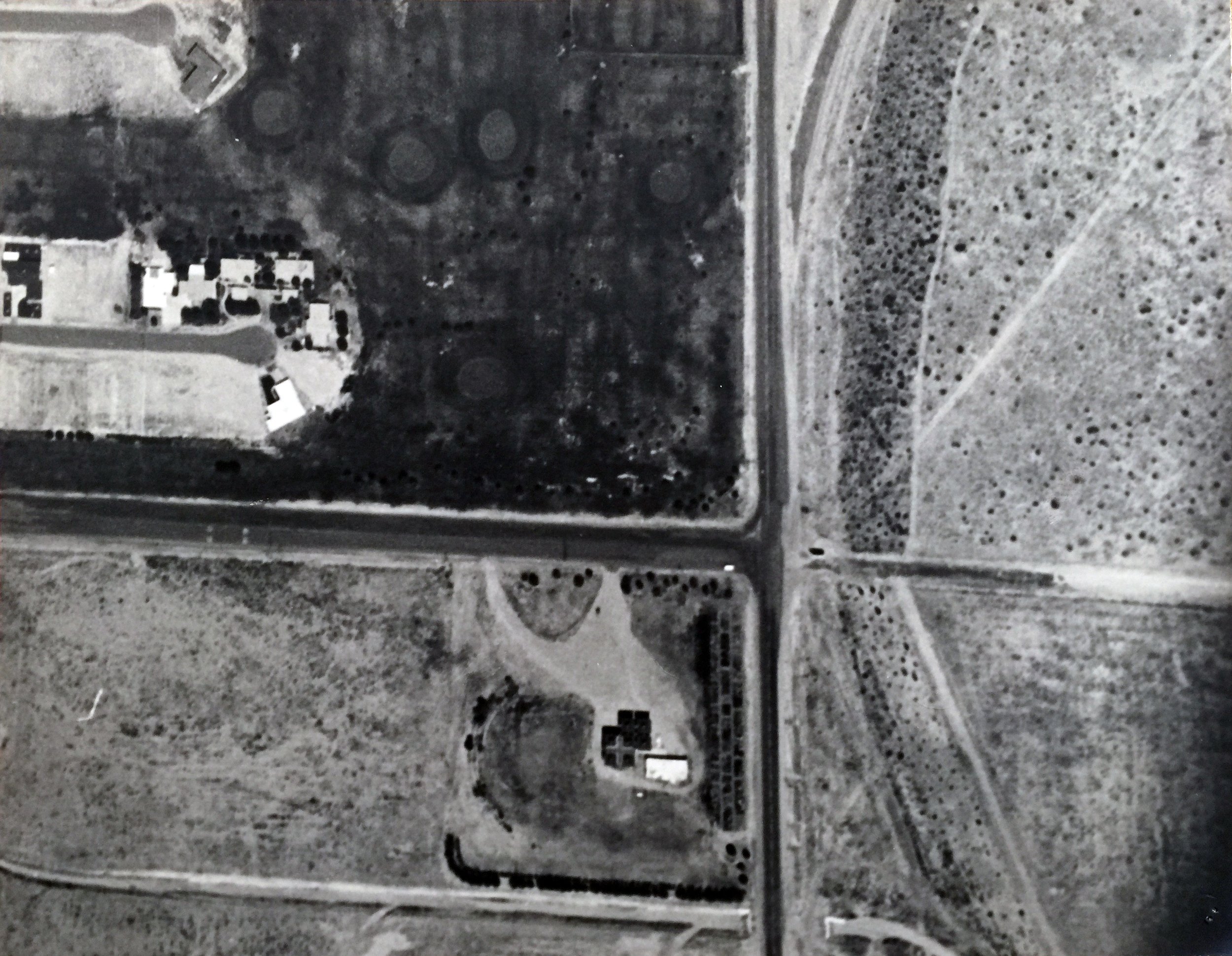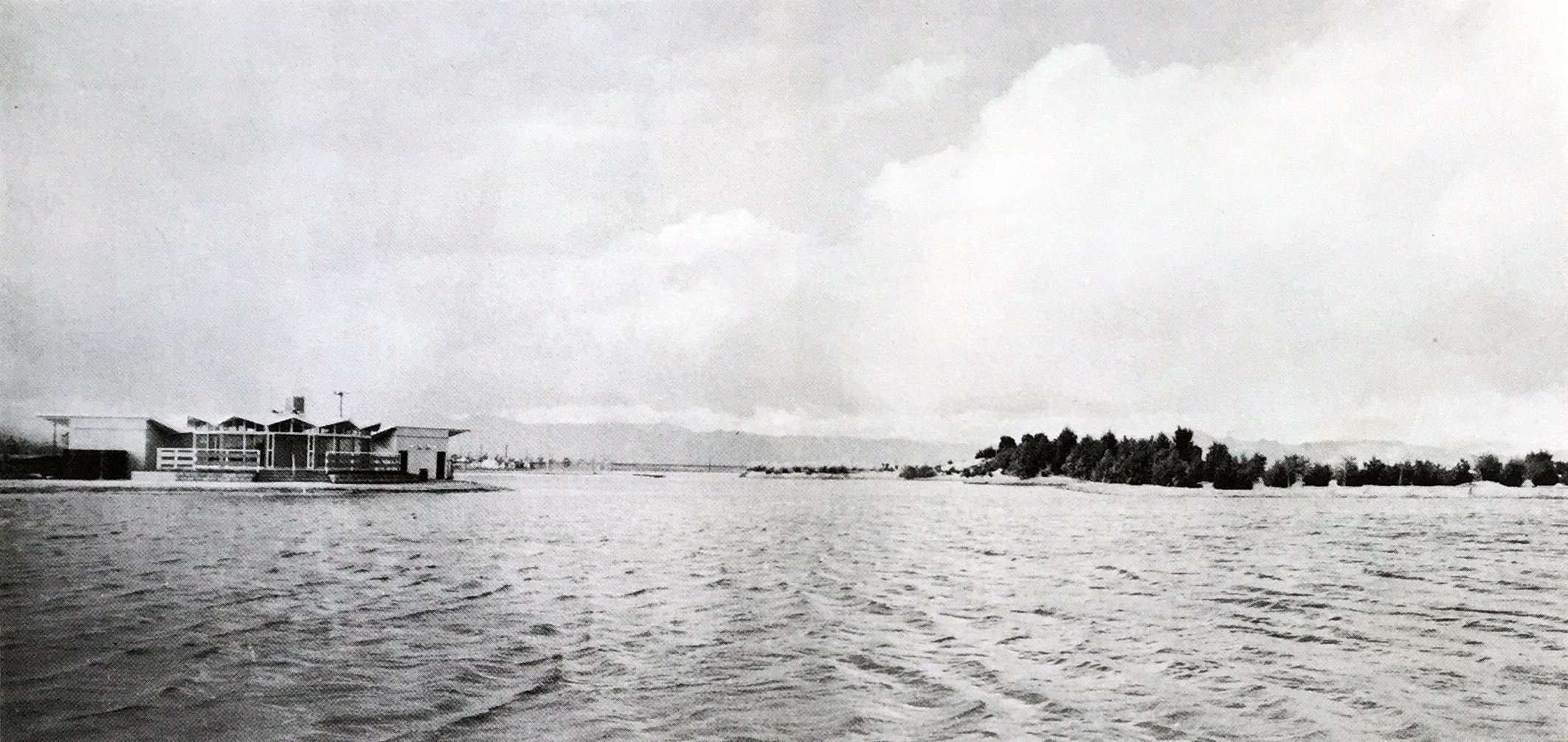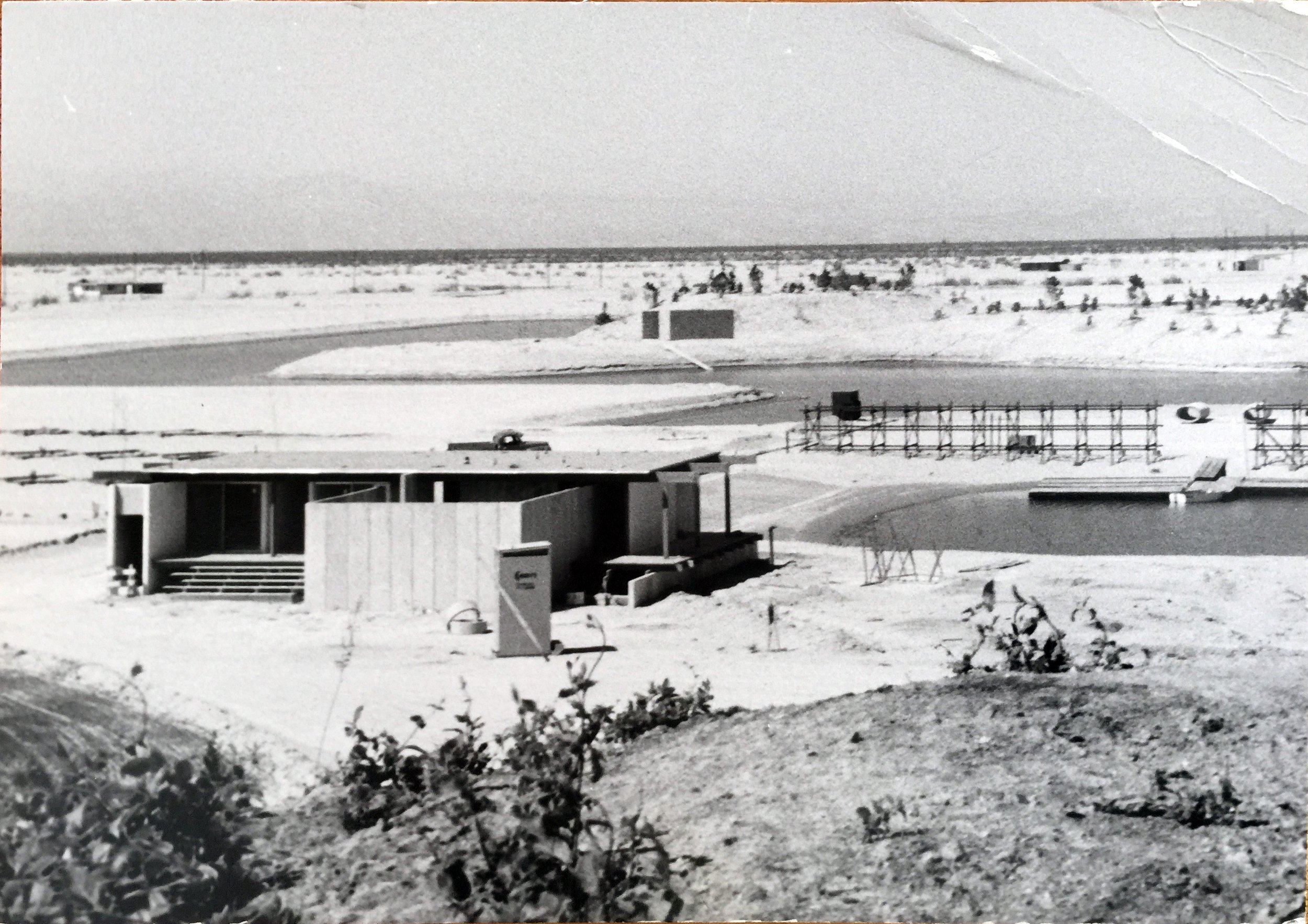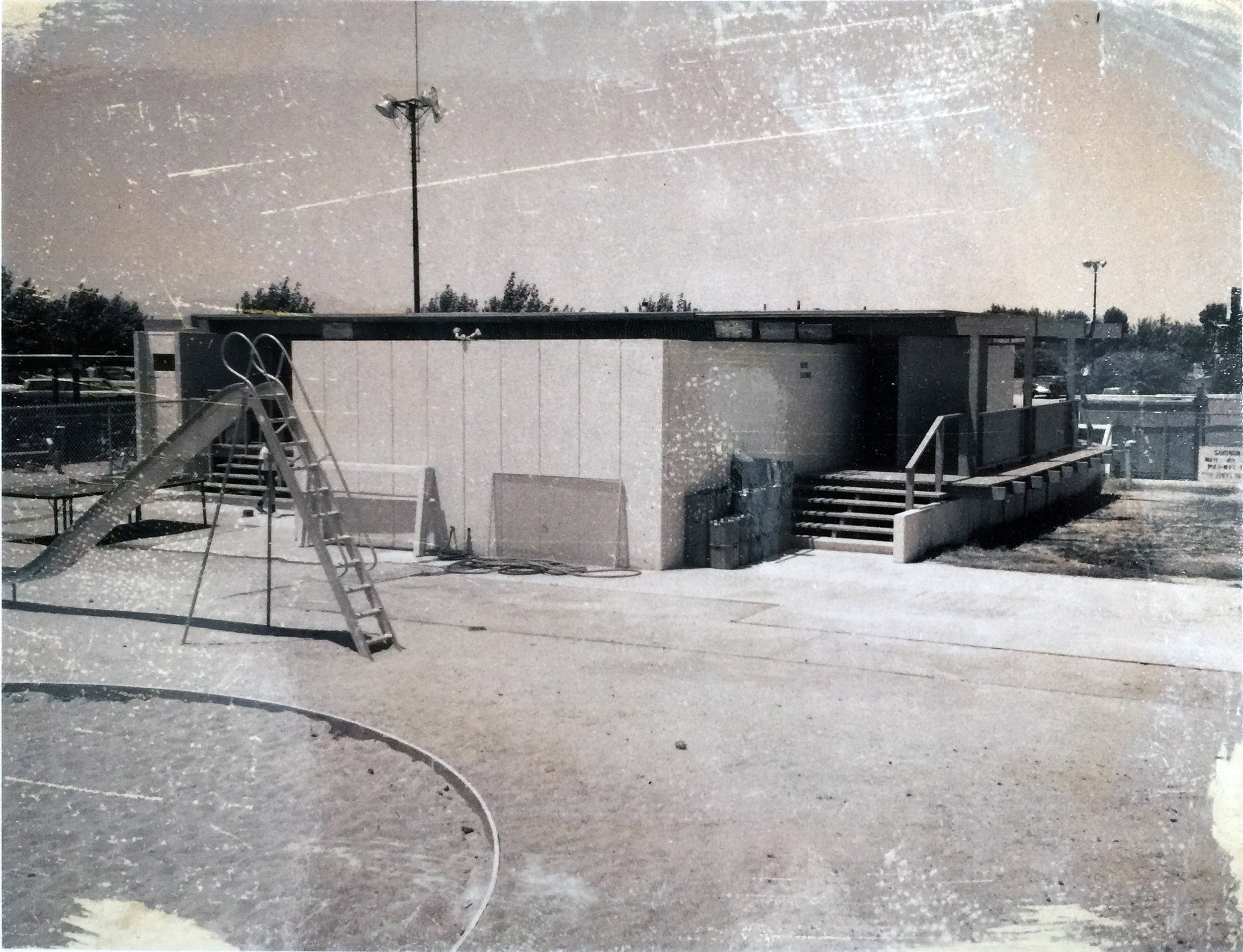CAL CITY
HISTORY
A Brief History of California City (1956–1965)
California City began as a visionary experiment—an ambitious plan to build a new community from the ground up in the vast open lands of the Mojave Desert. The idea took shape in 1956, when developers began purchasing land from the Mendiburu and Rudnick farming interests. Their property, known as the M&R Ranch, was sustained by a system of deep water wells that would later become central to the new city's viability.
By 1958, more than 82,000 acres had been acquired, and planning for the first residential subdivision began. The city’s design was led by Wayne R. Williams, a renowned planner from South Pasadena. That May, the first 876 lots went on sale—priced under $1,000 each—and sold out within days. A second subdivision quickly followed, along with construction on the first homes, roads, and a recreation center.
That same year, the California City Community Services District was approved by the Kern County Board of Supervisors, covering more than 100,000 acres to provide municipal services. Sales in the first year surpassed $7 million, and city streets, water lines, and tree-planting programs began to take shape.
To attract buyers, the developers organized tours by bus and even landed a DC-3 airplane on a makeshift desert airstrip near what is now California City Blvd and Neuralia. In November 1958, Marion and Mary Lee and their childrenbecame the first official residents of the city.
Throughout 1959, growth accelerated:
Over 3,000 people had invested in property
100,000 trees—including ash, elm, and fruitless mulberry—were planned
A volunteer fire department was formed
A community club and museum planning committee were established
New businesses opened, including Borg's Market, the first barber shop, and the city's first doctor’s office
Meanwhile, work began on an ambitious 60-acre Central Park, which included plans for a 20-acre lake, 40-foot waterfall, golf course, tennis courts, and equestrian trails.
By 1960, the city had its first telephone service, supermarket, and motel. The proposed lake and golf course began to take physical form, symbolizing the community’s evolving identity.
Finally, in 1965, California City officially incorporated. With hundreds of residents and a growing infrastructure, the dream had become reality. James Riley was elected the city’s first mayor—marking the beginning of formal governance in one of the most ambitious planned cities in California history.
GALLARY

Aerial concept art of California City
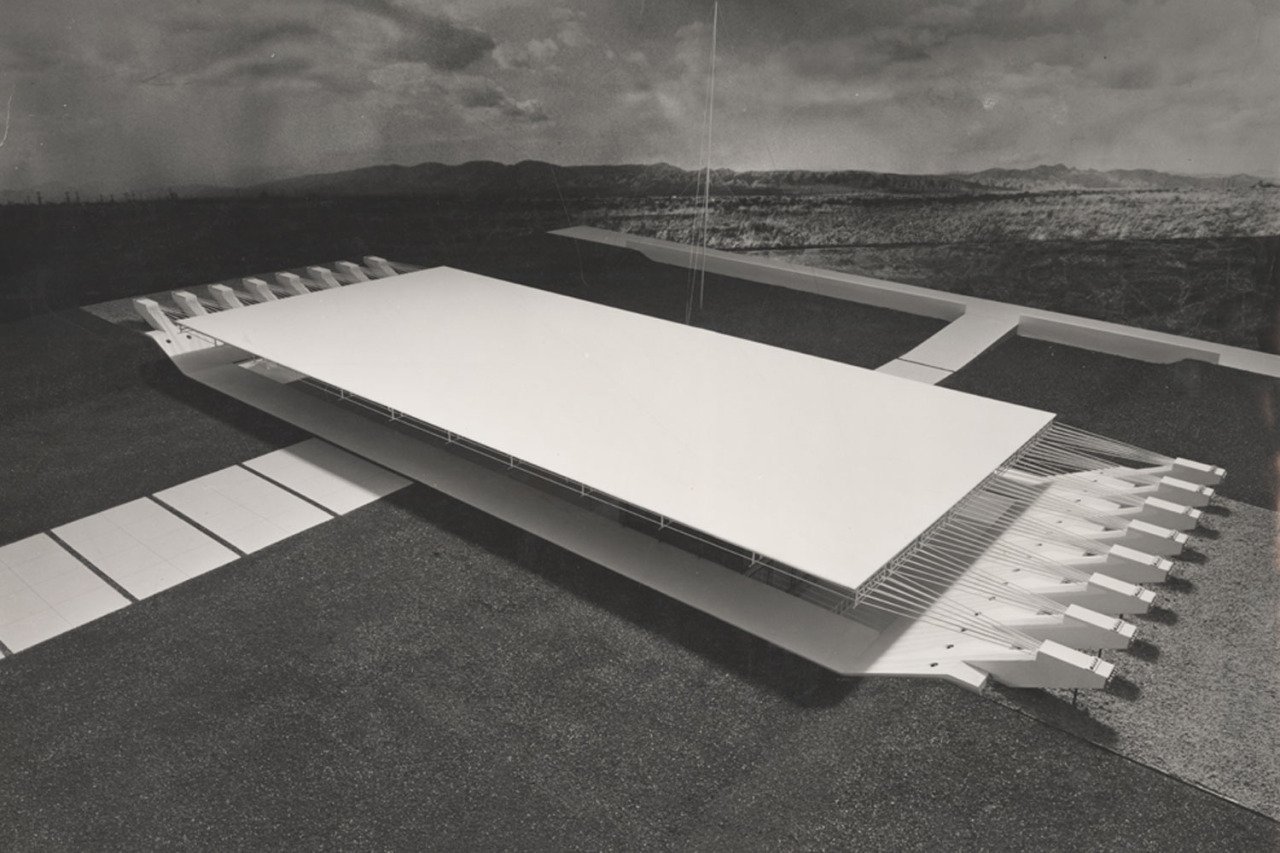
Exterior concept art of City Hall

Concept art of Congregational Church

Concept plans for Shopping Plaza marquee (currently aspen mall)

Concept art for resort docks at Central Park

Concept art for golf course club house

Concept drawing for street sign as incorporating Community symbol for California City
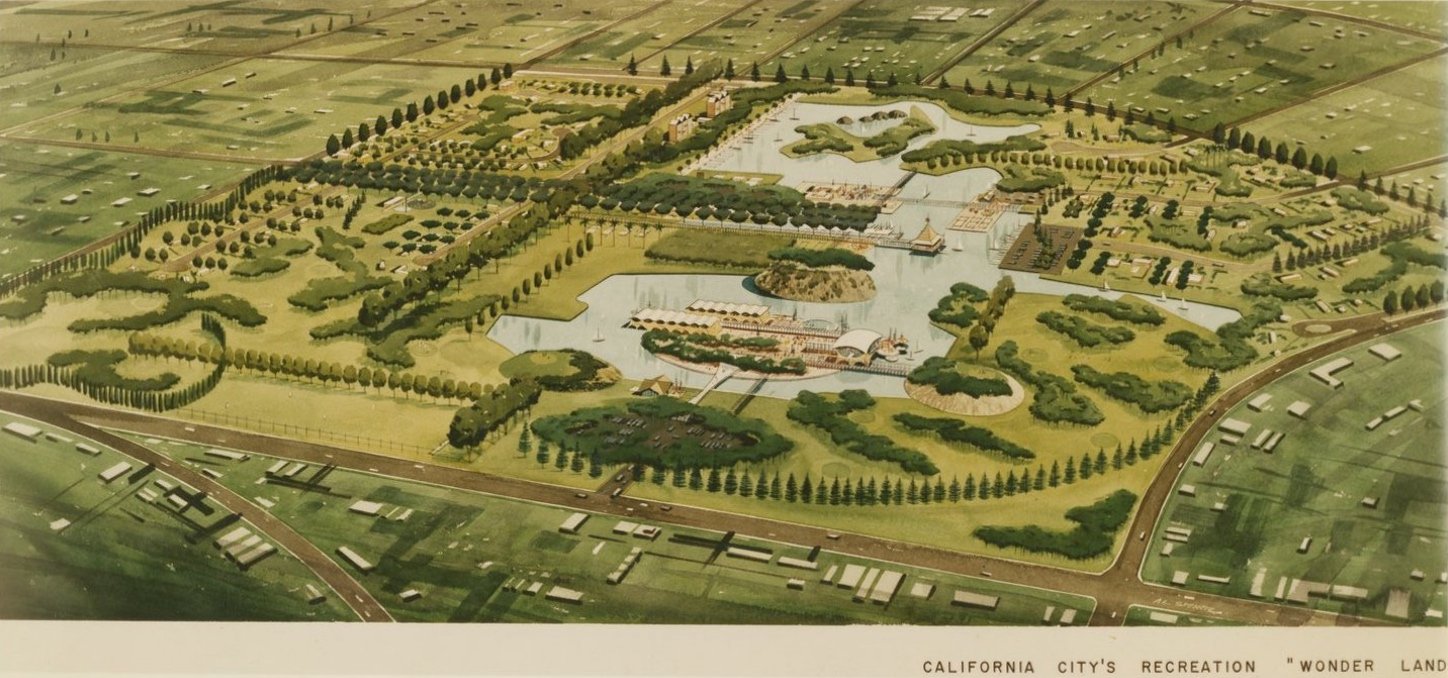
Aerial concept art of Central Park
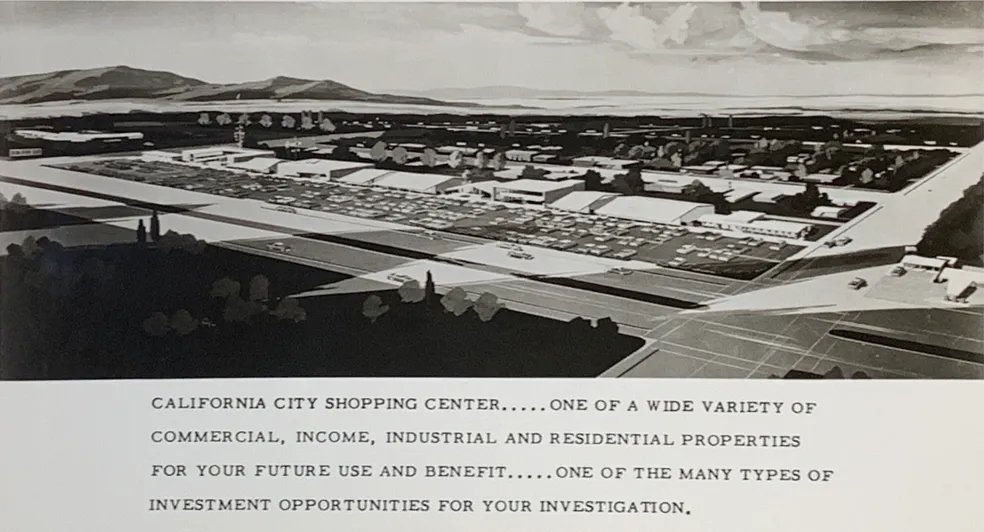
Aerial concept art of shopping center currently know as Aspen Mall

Storefront concept art of shopping center currently know as Aspen Mall

